Fascinating and passionate, Julia Campanelli was a joy to talk to — about her humble beginnings to her latest project “The Paisley Witch Trial”.
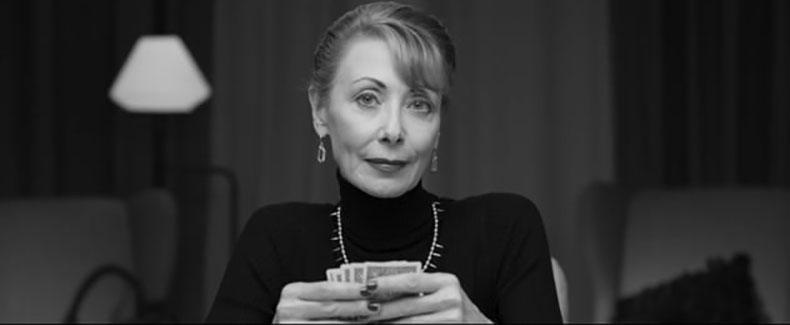
Julia makes me want to get my ass out there and do more stuff. After hearing about all the wonderful projects she has worked on, I feel like I have been sitting still. I hope you enjoy this conversation as much as I did in person!
February was Women in Horror Month, but I always advocate that this should be a year-round event. Horror films are made 365 days a year, and we need more women making films, horror or otherwise.
I love the fact that women are getting more involved in the making of movies of all genres. However, the numbers are still terrible; last year 32% of independent films were either directed or made by women — leaving the other 68% to primarily white men.
From the example set by Mary Pickford, back in the early 1900s, women can be more than just a pretty face on screen. The amazing Betty White was working in all aspects of television production, back in the 1950s! If you take the advice, “If you want something done right, do it yourself” to heart, then more women — and under-represented minorities — need to jump into every aspect of film making and create the opportunities they are looking for.
It’s not easy, but aren’t important things worth fighting for?
One woman in particular has had my attention for a while because of her wonderful acting abilities and her fantastic independent film production company.
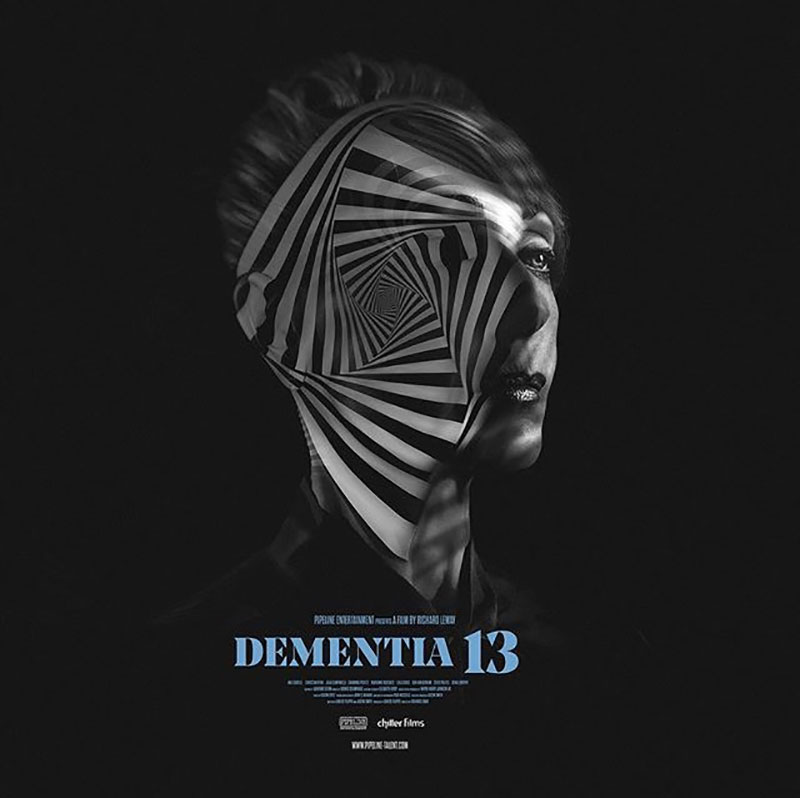
I saw her the first time in the 2017 reboot of Dementia 13 and instantly loved her.
The award-winning Julia Campanelli is the founder of Shelter Film, an independent film production company based in New York City that is dedicated to changing the narrative by telling stories by and about women and under-represented groups, in front of and behind the camera.
I got the chance to meet in person the lovely and interesting Ms. Campanelli at her apartment in Manhattan. I enjoyed our conversation so much! Her candor and her dedication to everything she does is inspiring. We talked about her beginnings as an actress, Shelter Film, the difference between men and female made films, and her latest passion project The Paisley Witch Trial.
INTERVIEW WITH JULIA CAMPANELLI
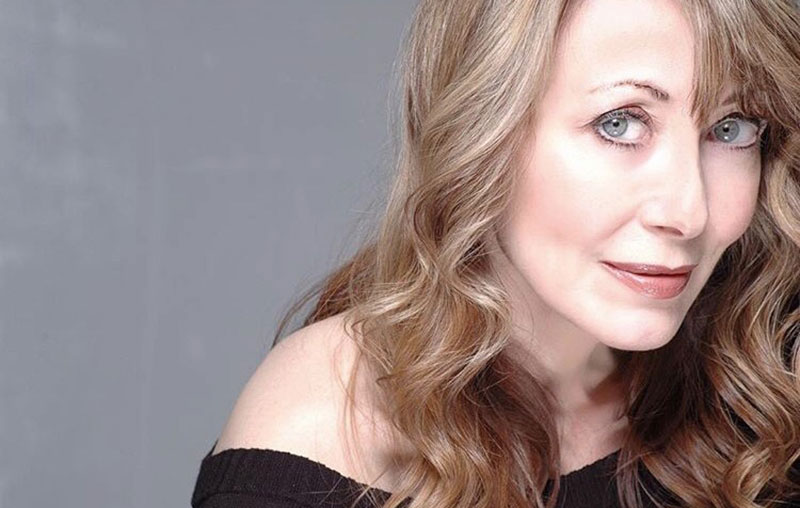
Vicki Woods: Hi Julia. Thanks so much for letting me into your home to talk about your projects! I’d love to start the conversation hearing a little bit about you and how you got started in acting and filmmaking.
Julia Campanelli: I always wanted to be an actress. My parents were involved in theater at the community level, so I grew up watching them do plays. So of course, what you do is go to New York to study theater. I went to the University of Maryland, moved to New York and studied here. I was getting work, but I was very dissatisfied by the roles available for women. There were mostly male playwrights, also in TV and film.
If you were a young actress 30 years ago, you were primarily arm candy, or you were a hooker. There were not enough female leads — we were just set dressing. So, I started a theater company, Shelter Theater Group, that was dedicated to original work by or about women.
I’m still running it, but not as actively since I decided to get into film. In the mid-90s, I went back to school to learn filmmaking so I could reach a wider audience. I had given up acting at this point. I just couldn’t be another victim or play another hooker.
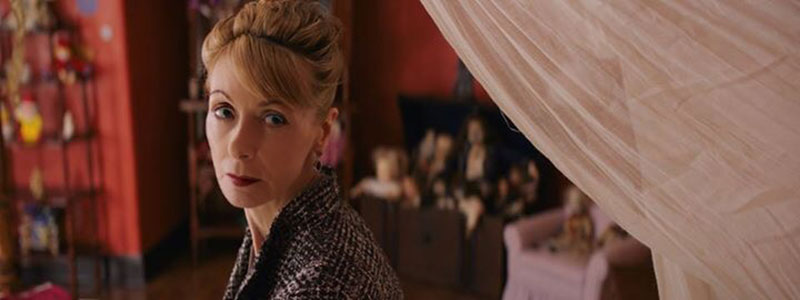
While in school, I made my first short film about the day that John F. Kennedy was shot. It was semi-autobiographical, because my grandmother died the day before. It was my first experience with death and the concept of death, and I didn’t really understand it.
After that, I started acting again. Things were a little better, more female writers, and I did an immersive theater show here called Sleep No More. Then someone asked me to create a portion of a traveling immersive show, using Shakespeare Sonnets, my choice.
I said 116, because that’s my favorite sonnet and I want to do it in a hotel room. The concept was that the audience would move from location to location. I wrote a short script, about 15 minutes long, but the production fell through. So, I thought, this script is so visual, it would make a great film. And I decided to do that instead.
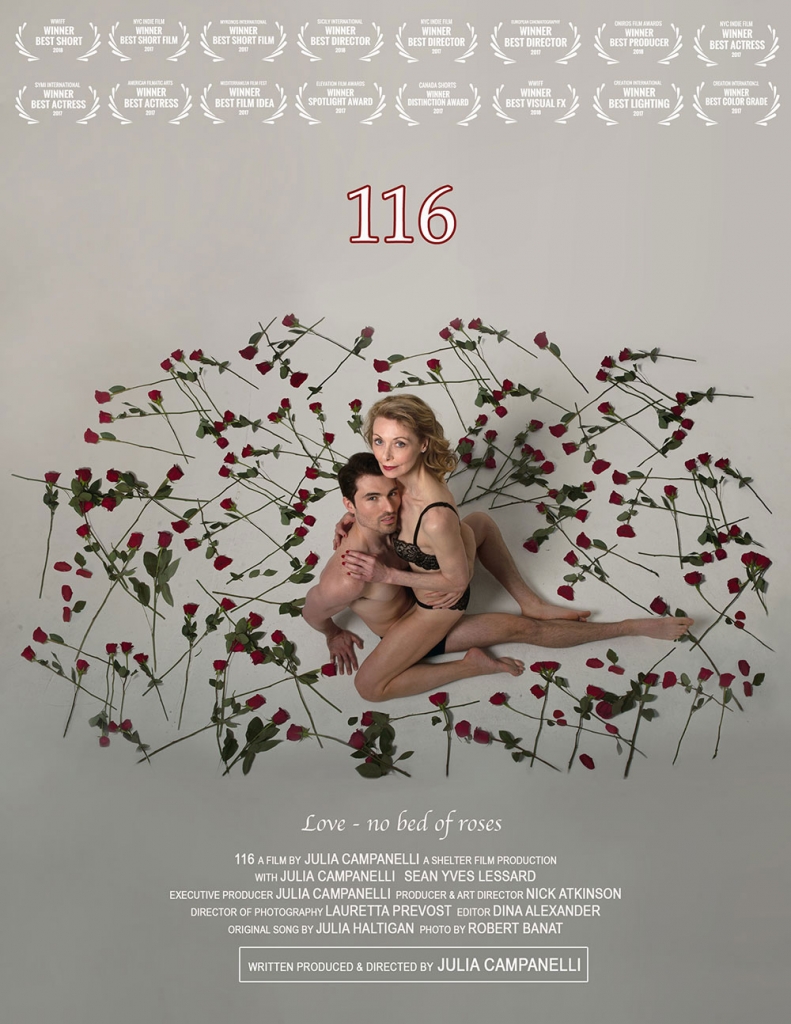
VW: I saw ads for 116 at film festivals everywhere the last few years. You starred in it correct? How did it do?
JC: I wrote, directed, produced and acted in 116. It played the festival circuit for a couple of years, screened at over 50 festivals and won 27 awards. Now it’s going to be premiering on Amazon Prime in the spring! We’re in the process of getting that ready; closed captioning, languages, etc. It’s a lot of work.
VW: That’s awesome. I can’t wait to see it! Your latest project is The Paisley Witch Trial. Where did you find out about these women?
JC: The show Sleep No More, that I was in for about a year and a half, is a mash-up between Shakespeare’s Macbeth, Hitchcock’s Rebecca and Vertigo and the story of The Paisley Witch Trial. When I was researching my role as an actor, I learned about the Paisley Witches, and I thought, “This is a fantastic story, why have I never heard of it?”
And then I realized it was all about women, and I was very interested. I was amazed that nobody had written about it because there is lots of information about it. Three of the Paisley Witches are in Sleep No More, and my roommate and I both played Margaret Lang, who is the protagonist of my film The Paisley Witch Trial.

VW: Your screenplay for The Paisley Witch Trial has been on the film festival circuit this past year. I know it has been winning awards!
JC: Yes, it has! I originally wrote it as a feature and submitted it to some competitions, won some awards, got close to funding and was getting a lot of notice. Many people believed in the strength of my writing, but it never quite made it.
I went to a film festival panel at Lincoln center and Jason Blum was on the panel. He talked about his budgets at Blumhouse and how with so many streaming platforms there’s no limit on the budgets for them. They need to fill up their platforms, so it’s limitless. And I thought, ok, maybe I could turn my feature into a series. I prefer it as a feature, but if I can sell it as a series, great! So, I cut it down and got a pilot out of it.
The pilot’s been getting all the love. It’s won 10 Best Screenplay awards. It’s been recommended by Black List, which is the platform for unproduced scripts. They recommended the feature for the Cinereach film fund, which it didn’t get even though they loved it. Now Black List recommended the pilot for the second round at the Austin Television Festival, which is a huge pitch festival.
I’ve never pitched so we will see how this goes. I have to come up with comps to show them how this project can make them money, compared to other films; executives have no imagination.
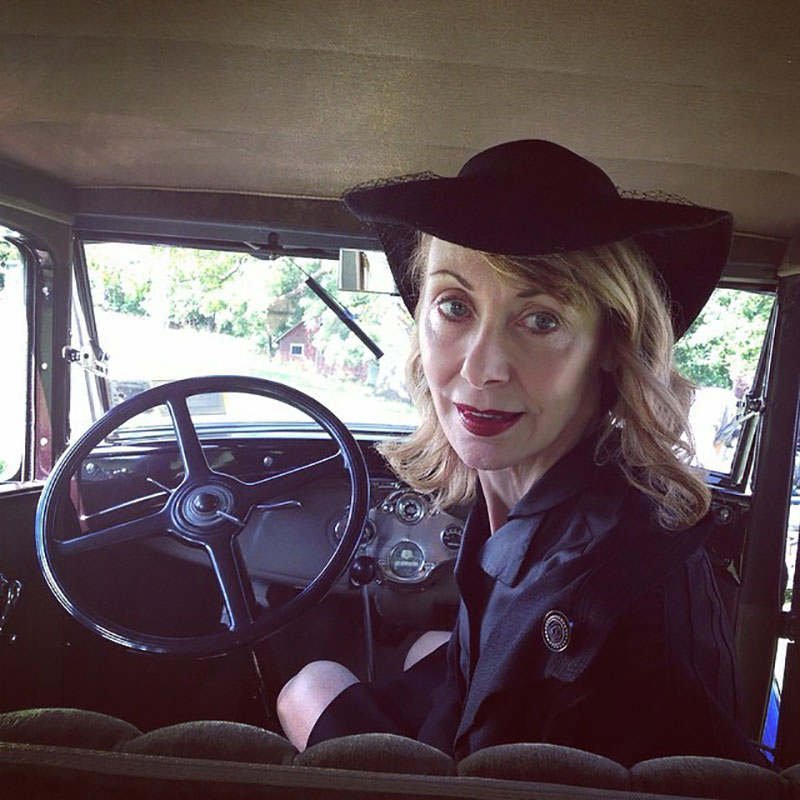
VW: What is The Paisley Witch Trial about and what drew you to it? It is a true part of history, correct?
JC: When I was researching Paisley Witch Trial for Sleep No More, I discovered it was the true untold story of the last witch hunt in Scotland. I said “What? And it’s never been told? I’m going to tell this story!”
So, there was an 11-year-old girl, Christian Shaw, and she starts having fits and seizures, but the doctors can’t find anything physically wrong with her. Unlike the famous Salem girls, Christian was really manifesting and there is documentation, even eyewitness accounts. She eventually starts naming folks to blame, and they arrested 30 people, Margaret Lang being one of them.
Margaret was a midwife, and at that time men didn’t understand what they were doing. Birthing was like magic, so midwives were said to be witches. There was a trial, they tortured and starved these poor people for months— men, women and children.

Finally, five people came forward and falsely confessed to receive leniency. They named Margaret and 7 others as Christian’s tormentors and that they were witches and had consorted with the devil. So, they were put on trial at Christian Shaw’s parents’ house; Christian was of course better by this time and could testify.
People at this time believed in their superstitions. There were years of failed crops, a famine, a plague and several instances of sudden infant death that they couldn’t explain. Christian’s grandfather went missing, and when he was found he was missing his right hand and genitals. This all lead the town to believe there was black magic, and the people named were so tortured that they eventually confessed to everything.
I wrote the story with as much truth as I could, but some parts have been fictionalized, except for the part about Christian.
The jury was made up of wealthy land owners, and all the people they had arrested were fringe society, social outcasts and women. The five confessants that came forward were three children and two elderly sisters. Each of them had said they had met the devil, and the devil was a black man. When I read this, I was shocked. This is systemic racism! How did these children know this kind of racism in 1696? Were there Africans in Scotland then?
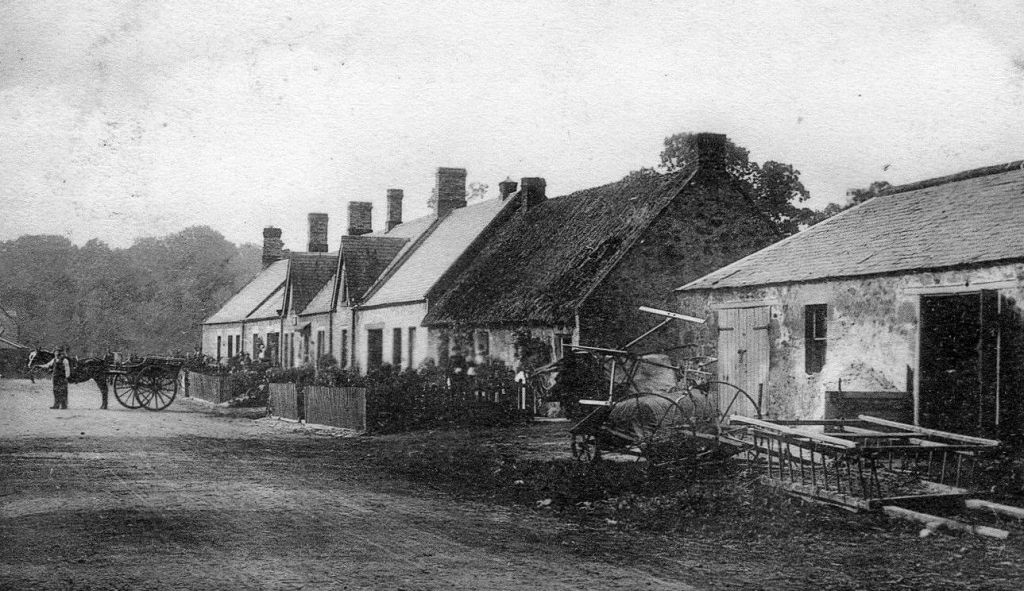
So, I went down another research path and found out that Scotland, before the reunification of the U.K., had their own participation in the Trans-Atlantic slave trade. Scotland owned 30% of the plantations in Jamaica, Barbados and the Carolinas in the American colonies. Glasgow was a huge shipping port, and the streets in Glasgow are named after the crops in the plantations that built the city, cotton street, rum street, sugar street, etc. That just gave me chills.
At the unification, Scotland’s official story about slavery was that it was England, not us, and they maintained that lie for over 200 years. And to this day they have not acknowledged that they must do reparations. So, I knew I had to include this in the story. I can’t not include it, but I didn’t feel like I was the right person to write this. So it came to a standstill.
I didn’t feel qualified as a white woman in a country that has its own terrible slave history. But I also realized that if I were to write this, maybe it can begin a conversation, and possibly some healing can start.

Gallow Green Paisley Witch Hangings
So, I went to Glasgow and Paisley, Scotland. They are very invested in the Paisley Witch story. They even have a reenactment on June 10th, the anniversary of the burning of the witches. They do the trial, taking them to Gallow Green, but yet no one mentions that the devil was described as a black man.
At the Miller Library in Glasgow, I was able to read the actual journal written by Christian Shaw’s father about her torment from 1696-1697. Reading through it has her flying, vomiting hair braids of different colors, feathers, bones, straw, hot burning coals, speaking in tongues, going into catatonic fits, and then she’d be ok. All things that could be explained by medical doctors now. Then I come to the end, and it has the actual confessions at the stake: Margaret Lang’s confession! I was shaking since I had played her in Sleep No More! She did not confess to the witch crimes.
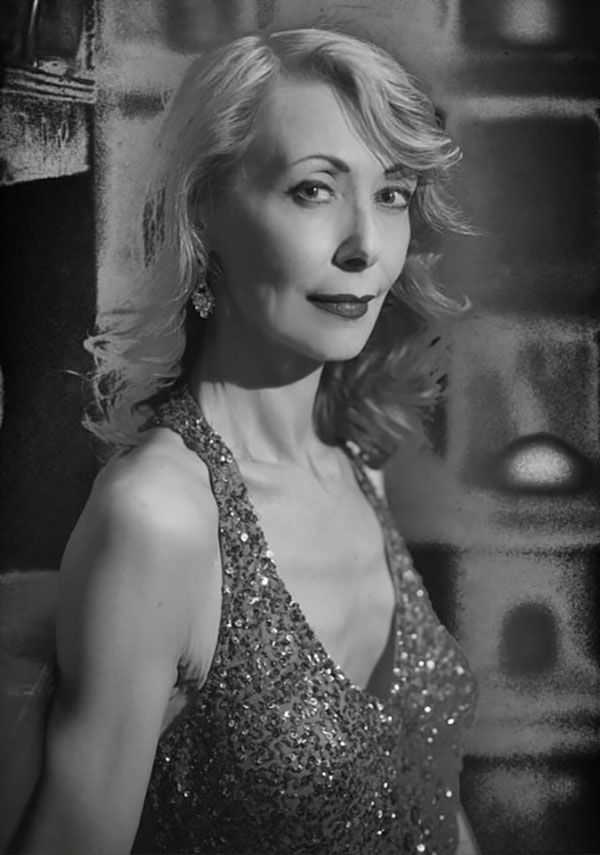
VW: So, what do you see as the future of The Paisley Witch story?
JC: The financing seems to be greater for a series, as it’s a female centric story. Women and minority stories are becoming very marketable, because they make money. I also just received a scholarship for film producing from Sundance Institute to develop The Paisley Witch Trial feature screenplay. So, it literally could go either way.
Right now, I’m trying to get talent attached and we need to raise the funds. I’d like to direct it, but we’ll see. I may have to do a few smaller horror projects that can be done well with a smaller budget in the meantime.

VW: What do you feel are the major differences between films made by women and those made by men?
JC: When I was making 116, you had to search for other women directing films. This is changing now but has always been a problem. In male directed films, women have less lines. They usually aren’t the protagonist, and there’s the age difference between the older male lead and the younger female lead. Well, I’m just tired of it.
I spent my entire life watching films, and I love them, but now I’m going to devote the rest of my life as a female making films. I took one year and only watched films directed, produced, shot or written by women. It wasn’t easy, they are hard to find, especially on streaming because there is no category for female directed films.
I had to recalculate my brain to stop thinking of films in the way we were taught — through the male gaze. That’s what I was taught in film school where I was the token woman in my class. Film school was a very toxic environment. This was the late 90s, and it was very sexist and chauvinistic.
In female directed films, the protagonist is not sexualized. And that’s a huge thing for females to be more than just a sex object, a living breathing human, with thoughts, questions, answers. I also find in female-directed films that minorities across the board are more inclusive and women are not used as a plot device to give the male protagonist a reason for doing something.
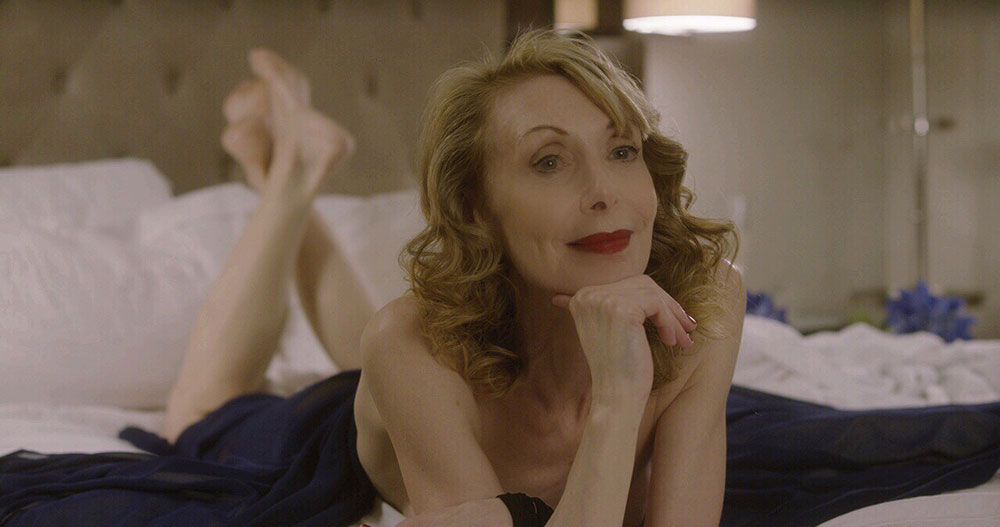
VW: February was Women in Horror Month, which I think should be all year. You have done a horror film and some dark theater, so where do you feel you fit into this world?
JC: I also think it should be 365 days a year! The type of horror I write is a hybrid, because I love historical horror and I write female centric stories. I may never write straight-up horror, but the stories I tell are most definitely horror. I want to tell the stories in history that haven’t yet been told. I think there is more than enough room for other types of horror stories. We don’t always have to be a final girl.
I get chills when I think about The Paisley Witch Trials, because it’s a true story. What started out as a recounting about the persecution of women became the historical story of the persecution of the underrepresented, women and minorities. Women are no longer damsels in distress. And as women, we must wear all the hats to make a film happen. And we can!


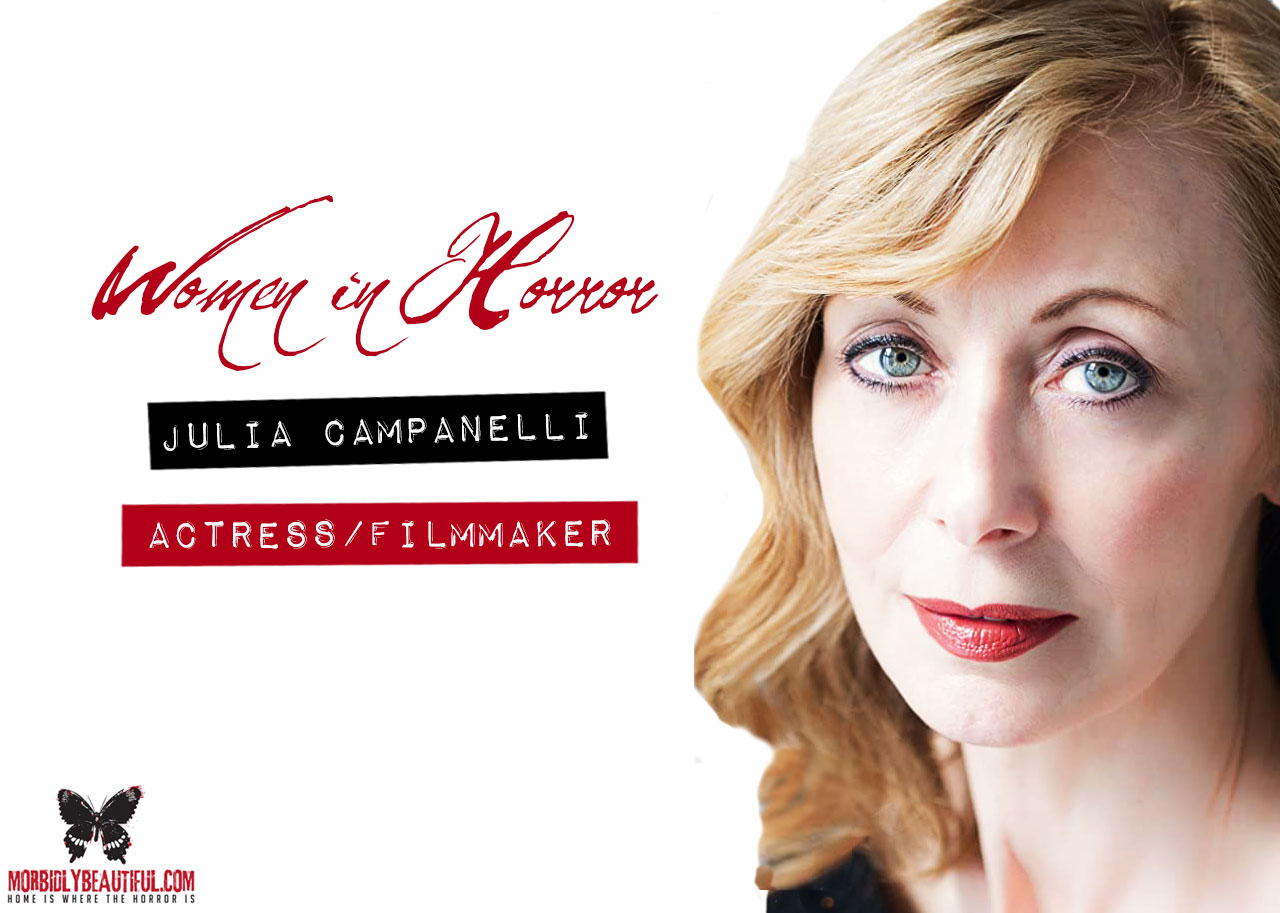

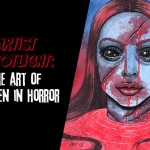
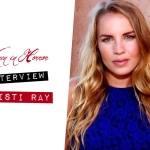
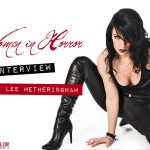







Follow Us!